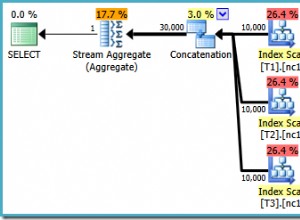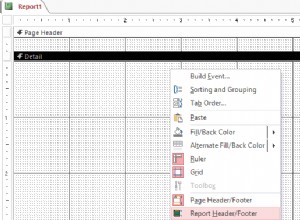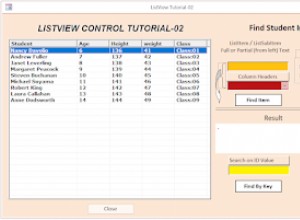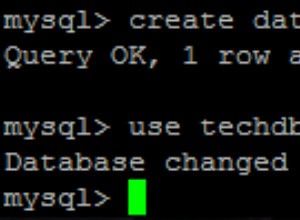सबसे पहले, आपको उस डेटा का प्रतिनिधित्व करने वाला एक वर्ग बनाना होगा जिसे आप स्टोर करना चाहते हैं। कक्षा को DBWritable इंटरफ़ेस लागू करना चाहिए:
public class DBOutputWritable implements Writable, DBWritable
{
private String name;
private int count;
public DBOutputWritable(String name, int count) {
this.name = name;
this.count = count;
}
public void readFields(DataInput in) throws IOException { }
public void readFields(ResultSet rs) throws SQLException {
name = rs.getString(1);
count = rs.getInt(2);
}
public void write(DataOutput out) throws IOException { }
public void write(PreparedStatement ps) throws SQLException {
ps.setString(1, name);
ps.setInt(2, count);
}
}
अपने रेड्यूसर में पहले से परिभाषित वर्ग के ऑब्जेक्ट बनाएं:
public class Reduce extends Reducer<Text, IntWritable, DBOutputWritable, NullWritable> {
protected void reduce(Text key, Iterable<IntWritable> values, Context ctx) {
int sum = 0;
for(IntWritable value : values) {
sum += value.get();
}
try {
ctx.write(new DBOutputWritable(key.toString(), sum), NullWritable.get());
} catch(IOException e) {
e.printStackTrace();
} catch(InterruptedException e) {
e.printStackTrace();
}
}
}
अंत में आपको अपने डीबी से कनेक्शन कॉन्फ़िगर करना होगा (क्लासपाथ पर अपना डीबी कनेक्टर जोड़ना न भूलें) और अपने मैपर और रेड्यूसर के इनपुट/आउटपुट डेटा प्रकारों को पंजीकृत करें।
public class Main
{
public static void main(String[] args) throws Exception
{
Configuration conf = new Configuration();
DBConfiguration.configureDB(conf,
"com.mysql.jdbc.Driver", // driver class
"jdbc:mysql://localhost:3306/testDb", // db url
"user", // username
"password"); //password
Job job = new Job(conf);
job.setJarByClass(Main.class);
job.setMapperClass(Map.class); // your mapper - not shown in this example
job.setReducerClass(Reduce.class);
job.setMapOutputKeyClass(Text.class); // your mapper - not shown in this example
job.setMapOutputValueClass(IntWritable.class); // your mapper - not shown in this example
job.setOutputKeyClass(DBOutputWritable.class); // reducer's KEYOUT
job.setOutputValueClass(NullWritable.class); // reducer's VALUEOUT
job.setInputFormatClass(...);
job.setOutputFormatClass(DBOutputFormat.class);
DBInputFormat.setInput(...);
DBOutputFormat.setOutput(
job,
"output", // output table name
new String[] { "name", "count" } //table columns
);
System.exit(job.waitForCompletion(true) ? 0 : 1);
}
}




